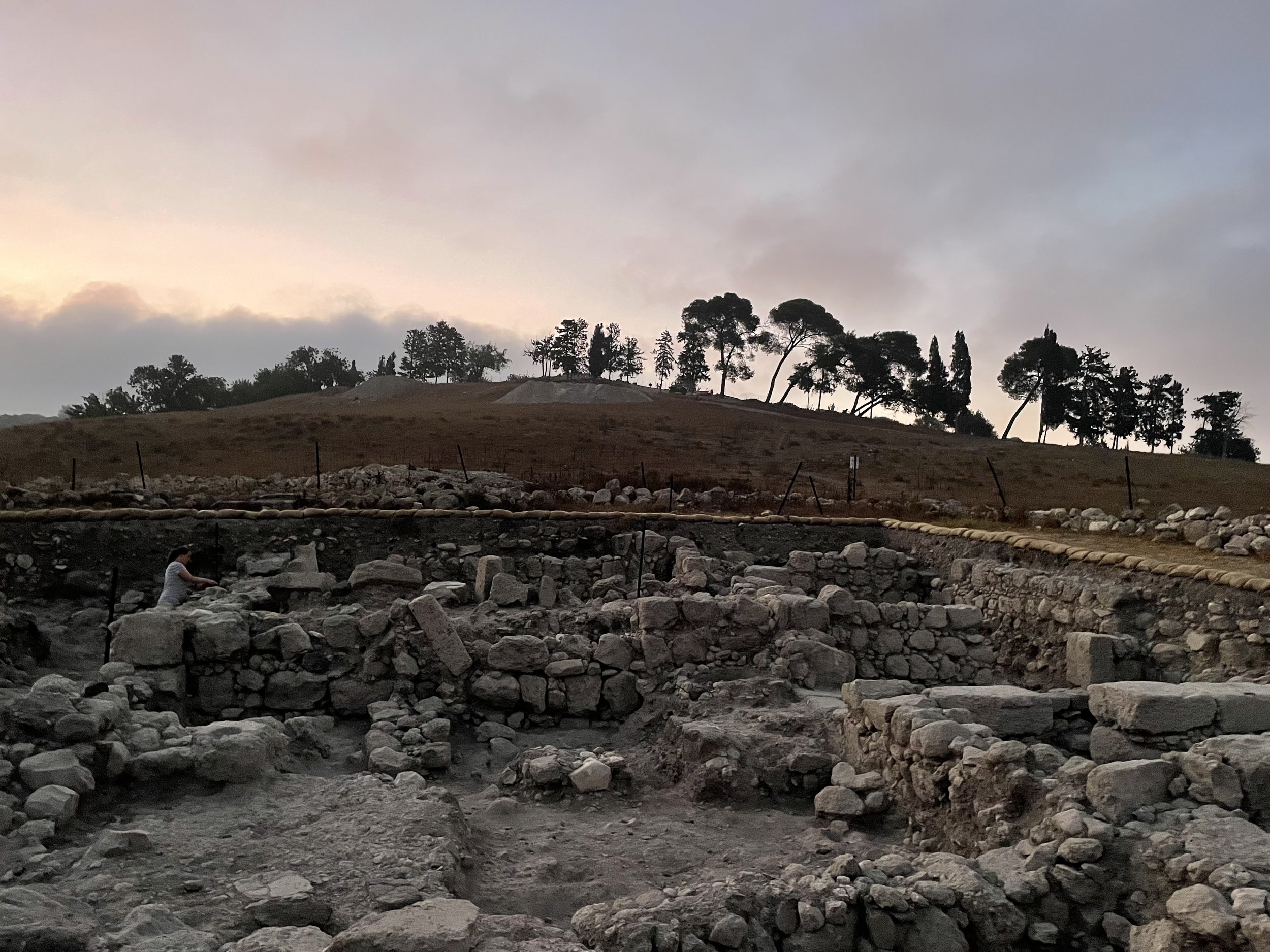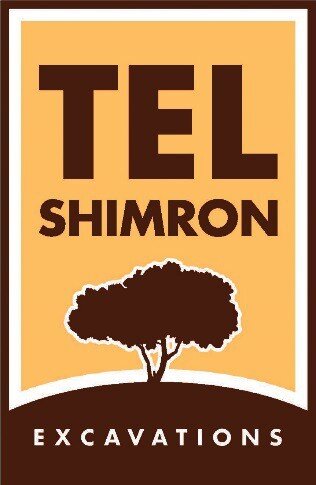
Early Bronze Age Research Questions
By Joshua T. Walton
The Middle Bronze Age city obscures Early Bronze Age occupation at Tel Shimron, so all indications of this period are based on residual sherds recovered in survey. Raban (1982) suggested that Tel Shimron was founded during the EB I on the eastern portions of the tel, with a gap in settlement during the second half of the third millennium (EBIII). Esse, however, argued for continuity of settlement at Shimron across the Early Bronze Age and into the Middle Bronze Age (1991, 152). This substantive disagreement on the basic sequence of the site can only be solved by excavation.
The Rise and Fall of the EBIB: The identification of settlement patterns in the Early Bronze Age is especially important in the larger discussion of the process of urbanization and the first cities in the southern Levant. Esse (1991) noted cyclical settlement patterns across the EB with patterns of site-size distribution, with large numbers of smaller rural sites in the EBI and a smaller number of larger sites by EBII/III, marking a shift from village to fortified urban culture (cf. also Gal 1992, 54; Joffe 1993, 63; Broshi and Gophna 1984). Finkelstein and Ussishkin (2000, 585) have suggested that the EBI/II transition in the Jezreel Valley as a whole represents a major settlement crises that included urbanization, fortification, and withdrawal into these fortified settlements. The recent work at Megiddo (Adams et al 2014), has added significant complexity to this narrative through the discovery of monumental architecture and other features of complexity in the EBIB. It is not clear if Tel Shimron rises with Megiddo, even as part of its orbit, and if it, like Megiddo, declined in the EBII. Because of the site’s presumed large size, Shimron’s excavation will add critical pieces to this regional picture.
EBIII–MBI continuity: In recent years, radiocarbon results have substantively changed the chronology of the late third millennium (Regev et al. 2012). The search still goes on for a site that spans the centuries between the end of the EBIII and the beginning of the MBI. Esse argued that Shimron might be one such site (1991, 152; contra Raban 1982), but this thesis has not been tested.
Trade in the Early Bronze Age: The Jezreel Valley served as a Early Bronze Age conduit for the movement of goods, information (Greenberg and Goren 2009), and people (Novacek 2007). The Jezreel Valley was central to the network for both local (Milevski 2009) and international trade (Esse 1991, 15). In particular, the Jezreel Valley served as an important east-west corridor across northern Canaan (Milevski 2009, 131; Esse 1991, 15). As such, foreign influences can be seen in the material culture of the region as early as the EB1b including Egyptian connections from the south (Goren 2000, 499; Ilan and Goren 2003; Esse 1991; Greenberg et al. 2012), but also connections with the Anatolia and the Caucasus in the north (Greenberg and Goren 2009). At the intersection of these trends, the quantitative study of the cultural remains from this large site will help to understand the nature of Egyptian penetration into Galilee along with the western spread of the northern influences exemplified at Tel Beth Yeraḥ.
Bibliography
Adams, Matthew J., Israel Finkelstein, and David Ussishkin. 2014. “The Great Temple of Early Bronze I Megiddo.” American Journal of Archaeology 118 (2): 285–305.
Broshi, Magen, and Ram Gophna. 1984. “The Settlements and Population of Palestine during the Early Bronze Age II-III.” Bulletin of the American Schools of Oriental Research 253: 41–53.
Esse, Douglas. 1991. Subsistence, Trade, and Social Change in Early Bronze Age Palestine. Studies in Ancient Oriental Civilization 50. Chicago: The Oriental Institute of the University of Chicago.
Finkelstein, Israel, and David Ussishkin. 2000. “Archaeological and Historical Conclusions.” In Megiddo III: The 1992–1996 Seasons, edited by Israel Finkelstein, David Ussishkin, and Baruch Halpern, 2:576–605. Tel Aviv: Emery and Claire Yass Publications in Archaeology of the Institute of Archaeology, Tel Aviv University.
Gal, Zvi. 1992. Lower Galilee During the Iron Age. American Schools of Oriental Studies Dissertation Series 8. Winona Lake, IN: Eisenbrauns.
Goren, Yuval. 2000. “Technology, Provenience and Interpretation of the Early Bronze Age Egyptian Ceramics.” In Megiddo III: The 1992–1996 Seasons, edited by Israel Finkelstein, David Ussishkin, and Baruch Halpern, II:496–501. Tel Aviv: Emery and Claire Yass Publications in Archaeology of the Institute of Archaeology, Tel Aviv University.
Greenberg, Raphael, Sarit Paz, David Wengrow, and Mark Iserlis. 2012. “Tel Bet Yerah: Hub of the Early Bronze Age Levant.” Near Eastern Archaeology 75 (2): 88–107.
Greenberg, Raphael, and Yuval Goren. 2009. “Introduction: Migrating Technologies at the Cusp of the Early Bronze Age III.” Tel Aviv 36: 129–34.
Ilan, Ornit, and Yuval Goren. 2003. “The Egyptianized Pottery Vessels of Early Bronze Age Megiddo.” Tel Aviv 30: 42–53.
Joffe, Alexander H. 1993. Settlement and Society in the Early Bronze Age I and II, Southern Levant: Complementarity and Contradiction in a Small-Scale Complex Society. Monographs in Mediterranean Archaeology 4. Sheffield: Sheffield Academic Press.
Milevski, Ianir. 2009. “Local Exchange in the Southern Levant during the Early Bronze Age: A Political Economy Viewpoint.” Historia Del Antiguo Oriente 7: 125–59.
Novacek, Gabriella. 2007. “‘Barbarians from the North’: Continuity and Change in Northern Palestine during the Early Bronze II-III (ca. 3100-2200 B.C.E.) in Light of the Khirbet Kerak Ware Phenomenon.” Ph.D., Chicago: University of Chicago.
Raban, Avner. 1982 Archaeological Survey of Israel: Nahalal Map (28) 16–23. Jerusalem: Archaeological Survey of Israel.
Regev, Johanna, et al. 2012. “Chronology of the Early Bronze Age in the Southern Levant: New Analysis for a High Chronology.” Radiocarbon 54 (3-4): 525–66.
